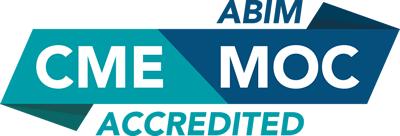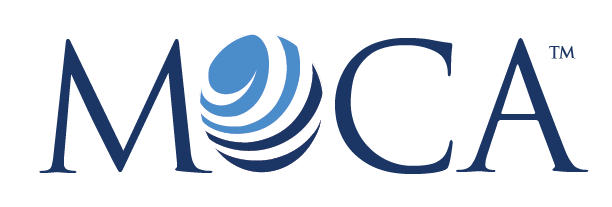
COURSE CREDITS & HOURS
AMA PRA Category 1 Credits™14 ACPE Credits
14.0 (part II) MOC points in medical knowledge in the American Board of Internal Medicine's (ABIM) Maintenance of Certification (MOC) program
Up to 14 MOC (Part II) points in the American Board of Anesthesiology® (ABA) Maintenance of Certification (MOC) program
COURSE FEES
TARGET AUDIENCE
PROGRAM PURPOSE
- Chronic Venous Insufficiency
- Utilize appropriate diagnostic approaches to evaluate and treat patients across the entire spectrum of CVI
- Pelvic Phlebology
- Identify causes and sequelae of CVI unique to the pelvic anatomy female patients
- PCOS and Androgen Excess
- Develop a cost-effective thorough plan for assessing PCOS, its sequelae and related conditions
- Cord Blood: Collection and Applications
- Differentiate fact vs. fiction in the clinical use of cord blood transplant therapy
- Autoimmune Disease
- Recognize signs and symptoms of autoimmune disorders and appreciate sequelae of autoimmune disease in women
- Recurrent Pregnancy Loss
- Explain reasons for habitual abortion, how to evaluate patients and utilize new treatment strategies
- Vaginitis Revisited
- Identify routine as well as challenging causes of vulvar symptoms of burning, itching or pain
- Ultrasound in OB/GYN
- Recognize the role that ultrasound plays in an outpatient OB/GYN office
- US Preventive Services Task Force: Key Prevention Updates
- Implement new recommendations from the USPSTF into practice including recommendations for cervical and prostate cancer screening, behavioral counseling for healthful diet and physical activity, obesity screening, vision screening in children, screening for celiac disease, screening for sleep apnea, screening for thyroid cancer, and other recent changes.
- Access, read, and understand the methods used by and recommendations from the USPSTF.
- Use the evidence supporting the USPSTF recommendations to motivate patients to receive services with clear benefit and engage patients in shared decision-making for decisions with a close balance of benefits and harms.
- Contraception: Beyond Pills, Condoms, and Sterilization
- Describe principles of patient selection regarding contraceptives
- Discuss the indications/contraindications for various contraceptive methods.
- Appraise recommendations for use of long-acting reversible contraceptives.
- State the options and indications regarding methods of emergency contraception.
- HPV Prevention and Treatment
- Discuss the role of HPV in cancer.
- Review the available strategies for HPV prevention.
- Apply USPSTF recommendations on screening for cervical dysplasia during routine office visits.
- Use evidence-based recommendations to evaluate women who have abnormal Pap test results to determine appropriate treatment or referral.
- Colorectal Cancer: Screening and Prevention
- Discuss the epidemiology of colorectal cancer (CRC).
- Define current CRC screening guidelines and review screening recommendations by organization.
- Review ongoing surveillance for CRC and barriers to effective CRC screening programs.
- Discuss the strengths and limitations of current data for the use of chemoprevention for CRC.
- Identify the role of antioxidant and vitamin supplementation therapy to prevent CRC.
- Menopause/Hormone Replacement Therapy...and the HEAT GOES ON!
- Develop an approach to evaluate the patient experiencing vasomotor instability
- Identify the options for treatment of the patient with vasomotor instability.
- Provide patient education on the potential risks and benefits of hormone therapy (HT).
- Breast Cancer - The Current Recommendations on Cancer Prevention, Screening, and Evaluation
- Discuss the epidemiology of breast cancer.
- Review factors in breast cancer prevention.
- Use an evidence-based approach to recommendations in evaluating breast disease.
- State the USPSTF recommendations on screening for breast cancer.
- Choosing Wisely - A Campaign for All of Us.
- Locate the online presence of the Choosing Wisely Campaign
- Explain the genesis of the Choosing Wisely Campaign
- Summarize key statements produced by the field of family medicine in the Choosing Wisely Campaign.
- Recognize the practical aspects of using the Choosing Wisely Campaign in educating patients about quaternary prevention
















 This activity has been registered to offer 14 ( Part II) MOC Points in the ABA MOC program.
This activity has been registered to offer 14 ( Part II) MOC Points in the ABA MOC program.









